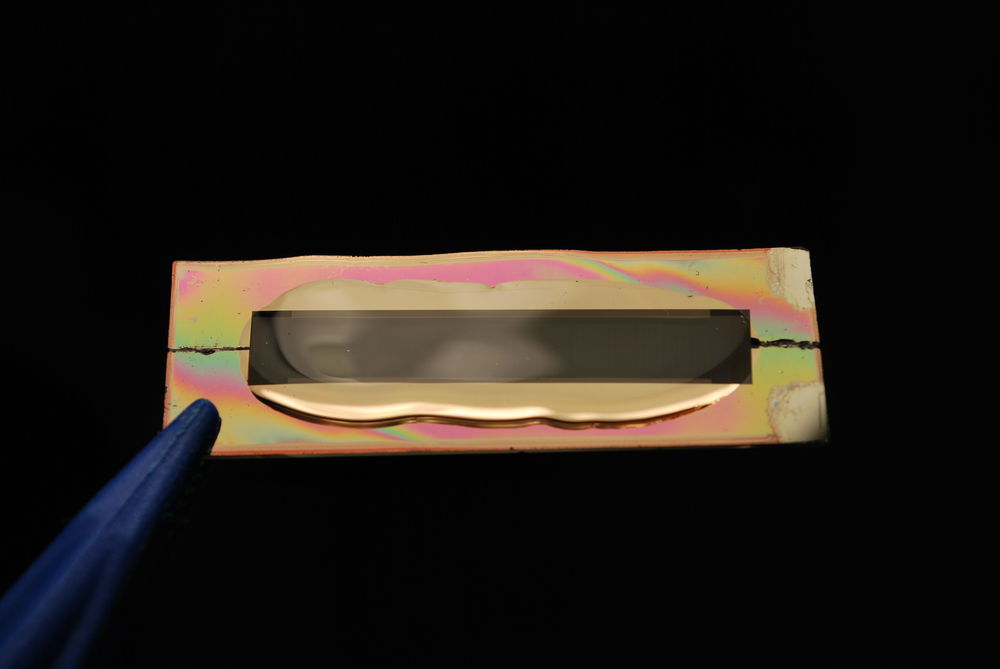Engineers accidentally extended battery life by several hundred times

Engineers from the University of California, Irvine, trying to create a solid-state battery, unexpectedly received cathodes that can withstand a couple of orders of magnitude more recharge cycles than conventional ones. The cathodes consisted of gold nanowires coated with a gel.
The cathodes obtained by scientists withstood 200,000 recharge cycles without significant corrosion. Loss of capacity compared to the first cycles amounted to no more than 5%. Conventional lithium-ion batteries can withstand several thousand cycles. Scientists do not yet know how their design can withstand such loads: they just tried to create a battery where a gel would be used instead of liquid electrolyte.
Because traditional batteries are temperature sensitive and can explode, engineers are looking for a replacement. But so far, no particular success has been achieved in this matter - the liquid has high conductivity and allows partial charging and discharging.
The cathode consists of a gold nanowire coated with manganese oxide and protected by a layer of gel used as an electrolyte. The gel protects the wire from corrosion. Battery capacity is proportional to the length of the wire. This is not a unique design, with the exception of the gel, which gives it unusual properties.

“We began to experience recharge cycles, and at some point found that the battery was not going to die,” Reginald Penner, lead author of the work, shares the discovery. - The gel does not just prevent the wire from falling apart - it looks like it gives the metal oxide extra softness and protects it from microdamage. It increases the strength of the metal oxide. "
So far, scientists have not created a full-fledged battery, but tested only the material for the anode. In addition, the cost of production separates technology from rapid industrial use - the microscopic amount of gold used to create the nanowire still makes the structure more expensive. Penner believes that another metal, such as nickel, may be suitable here. So far, scientists plan to create full-fledged batteries to evaluate the performance of their new design in conditions close to real ones.
